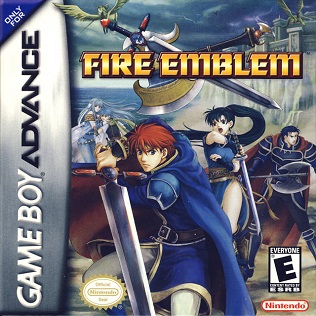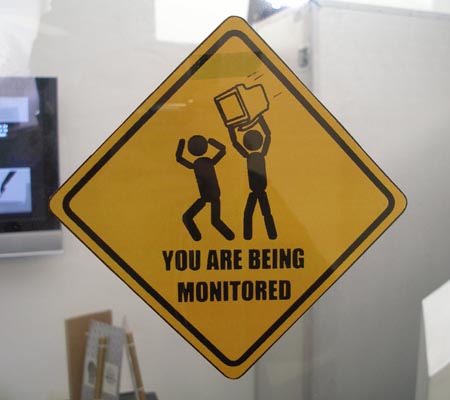In an effort to keep this review concise, let's look at the latter two concepts that were just presented. The combination of limited resources and the fact that the game is turn-based presents the feeling of David versus Goliath. In every single encounter, you are outnumbered by the enemy. The odds are against you, but you preserver with what you have. This feeling of being up against something bigger and stronger than you (there has to be a more concise word for that phrase) persists with you throughout the game and is a big driving force in the overall experience.
Permanent death has to be the biggest difference from other strategy games that Fire Emblem possesses. By enabling permanent death, you, as the player, are more connected to the characters. Because of this connection caused by a game mechanic, you are not only more prone to making wiser decisions but also engulfed in this struggle to combat evil in the name of these characters. Somewhat related, the characters in the game break the fourth wall and address you! The combination of the previously mentioned design decision and this form of character development make the game so much more enjoyable and realistic. All of a sudden, you are no longer just a master tactician but a member of Lyn's and Eliwood's brigade for justice. Furthermore, these fighters are not just cute, little sprites that are tools that carry out your whim (like you would find in Advanced Wars) but characters in an ever-developing plot. Because of the existence of permanent death, you care a whole lot more if, hypothetically, Matt dies (spoiler alert: he's overpowered if you train him well). If you can separate the many layers of this game, remember that a lot of its importance came from a brilliant design decision.
Is Fire Emblem a perfect game? No. Take the companion system, for example. It is poorly introduced, clunky to use, and its benefits are difficult to observe quickly. What needs to be taken away from this game is the example it set. That example is what can happen when a game is created perfectly around its core mechanics. Complete understanding of the implications of minor details in the design allowed the developers, designers, artists, and other team members to give players a simply fantastic game.
Is Fire Emblem a perfect game? No. Take the companion system, for example. It is poorly introduced, clunky to use, and its benefits are difficult to observe quickly. What needs to be taken away from this game is the example it set. That example is what can happen when a game is created perfectly around its core mechanics. Complete understanding of the implications of minor details in the design allowed the developers, designers, artists, and other team members to give players a simply fantastic game.




